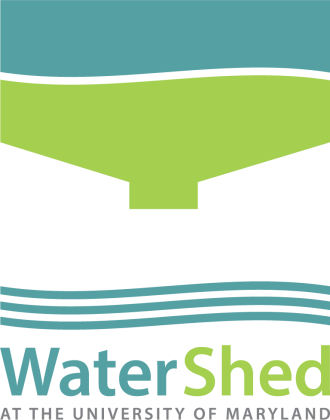WaterShed is designed to celebrate water, and not all water is the same. There are actually four types of water considered here:
- Potable water is fit for human consumption, and is a precious resource.
- Rainwater is not generally considered potable, but can be stored and used for irrigation and other non-potable tasks.
- Greywater is wastewater that does not contain biosolids (food, feces), and once filtered it can be reused for irrigation as well.
- Blackwater is wastewater that DOES contain biosolids, and so requires much more treatment before it is safe to release.
Most homes today treat greywater and blackwater in the same manner, flushing it into the sewer. Rainwater is typically allowed to run off into stormsewers. Potable water is used for drinking, but also for irrigation and flushing toilets. In 2005, the average American used 100 gallons of drinking (potable) water in his or her home per day. More than half of that was used outdoors to maintain landscaping or fill swimming pools, while 50-80% of the wastewater produced inside a home was classified as grey water.
In WaterShed, potable water, rainwater, greywater and blackwater are all handled differently. Potable water is not used for irrigation, but rainwater is collected for that purpose instead. All wastewater that does not come from the toilet or kitchen sink is captured and filtered in subsurface greywater-treatment wetlands, which break down nutrients and remove pathogens.
WaterShed’s approach to water management reduces demand for potable water, saving the homeowner and the community money. By reusing greywater on site, we can cut the the amount of water the home sends to sewage treatement plants by half.
To learn more about how you can save water in your own home, please visit the EPA’s WaterSense website.





